As the largest supporter-based conservation charity in Canada, we thought we’d report back to you on some of what we’ve accomplished during the 2018 summer conservation field work season. There were both successes and failures, but all of the work we do helps further our understanding of these species in order to best conserve Canada’s wildlife.
Helping the American Eel
The Canadian Wildlife Federation’s Aquatic Science Team conducted research on the American Eel in the Ottawa River this summer. Eels face many challenges, and their populations have declined dramatically in recent years. Our summer research included:
- Determining downstream migratory routes the eels take while passing the Chaudière Falls Generating Station by placing 40 acoustic receivers in the water upstream and downstream of the falls. This helped target large eels that are ready to make their downstream journey back to their breeding grounds in the Sargasso Sea.
- Counting their numbers to determine how many of these at-risk species there are in the area. We did this two ways:
- Trap netting, where we caught over 3,600 fish and identified 22 different species (sadly, we only found one eel).
- Night time boat electrofishing which temporarily stuns the fish. It may sound extreme but they were not hurt and it really is critical that we learn how many eel remain as this species is dwindling quickly. This research provided more insight into how we can protect — and ideally restore — the population back to its original numbers.
Learn more about river barriers and how they affect our aquatic species.
Love Your Lake
This summer was busy with Love Your Lake shoreline health assessments. The 2018 summer season brought the program total to 157 lakes and approximately 37,830 shoreline properties! Thanks to our seven regional partners spread across three provinces, the Canadian Wildlife Federation and national partner Watersheds Canada were able to:
- Be active on 18 lakes in Ontario, Alberta and Saskatchewan.
- Assess the shoreline health of approximately 3,570 waterfront properties.
In early 2019, the shoreline property owners on these lakes will receive a personalized shoreline property report with details on the state of their shoreline and recommended actions for improving the health of their shoreline.
For more information on the joint CWF and Watersheds Canada Love Your Lake program, please visit LoveYourLake.ca
Helping the Bats
The Canadian Wildlife Federation’s bat team worked hard this spring and summer to promote bat conservation. The goal of this program is to ensure the long-term survival of Canada’s at-risk bats. A large portion of our season focused on bats that inhabit anthropogenic structures, like barns or attics.
CWF had the pleasure of teaming up with some wonderful students from the University of Ottawa and Carleton University to promote bat conservation. Our summer research included:
- Developing and disseminating Best Management Practices and Standard Operating Procedures.
- Identifing maternity roosts that contain Endangered Little Brown Myotis so we can understand what habitats might need protecting.
- Collecting biophysical data of the roosts in order to advise on preferred habitat creation and recovery strategy.
- Testing the effectiveness of different bat house designs to determine the best designs for different species and different areas such as urban versus rural.
- Promoting bat observations via citizen science, and outreach to our communities across the country.
By getting the word out there and learning the best ways to help these at-risk species, we’re hoping to reduce the amount of times their habitats are destroyed, and of course, reduce the impact habitat destruction has on these mammals. We continue to work to support Through effective messaging, outreach, and management strategies, we hope to reduce the frequency and impacts of habitat destruction and support the health, recovery, and survival of at-risk bats.
Learn more about Canada’s bats at HelptheBats.ca
Helping the Turtles
The Canadian Wildlife Federation turtle team was very busy this year! Our field work season included:
- Conducting surveys for the endangered Blanding’s Turtle. Our goal was to find new locations which included this declining species in order to increase the amount of protected habitat. In so doing, we received permission from many land owners to surveys wetlands on their property and found Blanding’s Turtles in 10 different private and government-owned wetlands.
- Surveying roads to find frequent turtle road-kill locations. Identifying these locations can help us push for road mitigation — such as wildlife fencing — in these sections of road. This would protect turtles and other wildlife. This year we found over 500 dead turtles on the roads around the Ottawa area, including over 60 dead Blanding’s Turtles.
- Collecting turtle eggs that were laid in at risk locations, such as roadsides. By collecting and incubating the eggs and releasing the hatchlings back at the nearest wetland, we helped to compensate for the number of turtles killed on roads. The eggs were successfully incubated and we released almost 400 Blanding’s and Snapping Turtle hatchlings!
Learn more about our turtle work at HelptheTurtles.ca
Helping the Birds
This year, the Canadian Wildlife Federation’s Wildlife Biologist Nathan Clements spent 10 days traversing the Queen Maud Gulf region of Nunavut. His work included:
- Banding of Greater White-fronted Geese and Cackling Geese in order to monitor Arctic and sub-Arctic geese and their migrations throughout the continent. More than 2,500 geese were banded, which is slightly above the banding program targets set by the Arctic Goose Joint Venture.
The lead organization, the Arctic Goose Joint Venture (AGJV), works cooperatively with partners to provide a coordinated and cost-effective approach to meeting high priority information needs for the management of northern-nesting geese. The Canadian Wildlife Federation is a supporting partner of the AGJV, along with the Canadian Wildlife Service, U.S. Fish & Wildlife Service, state and provincial wildlife agencies of all four flyways, and other non-government organizations. This partnership approach is especially valuable for conducting Arctic research where logistics are more costly and where maximum return from available funds is highly desirable.
Helping the Salmon
The Canadian Wildlife Federation, along with Carleton University, Carcross/Tagish First Nation, and the Yukon Energy Corporation, is studying the migration of Chinook Salmon in the furthest reaches of their run near Whitehorse. These fish have travelled nearly 3,000 kilometres from the Bering Sea. They face many challenges during their spawning migration. Compared to historic records, populations have been depleted for decades and we are undertaking research to find out why and what we can do to help. Chinook are the king of the Pacific Salmon, and this is a very special population of the species. We take care to minimize the effects of our research on the individuals that we encounter, and are honoured to work with the local community towards their conservation.
For the past two summer seasons, we have been:
- Implanting fish with acoustic transmitters
- Tracking their movements as they approach the Whitehorse Hydro Plant, pass the world’s longest fish ladder, and continue to their spawning grounds.
- Tagging as many fish as we can. Thus far we have tagged 138 fish. We will know how they fared by mid-September once their spawning run is complete and we retrieve data from our acoustic telemetry array.
Read more about this work.
Helping the Pollinators
To investigate the role of natural habitats on wild pollinators, the Canadian Wildlife Federation initiated a three year study in Norfolk County, Ontario. The goal of the project is to examine the relationship between the diversity and abundance of insect pollinators and three habitat types: forest, hedgerow, and grassy field margins.
Conserving a diversity of beneficial insects, like bees and hoverflies, in intensively cropped systems is important for providing ecosystem services to farmers such as pollination. We believe that natural habitats such as forests and hedgerows likely play a significant conservation role within intensively managed agricultural landscapes.
Summer 2018 was our first field season, where we were:
- Collected pollinating insects using specialized traps on 11 farms in Norfolk County, southern Ontario. Each trap collected thousands of insects that then had to be sorted and identified by hand.
- Compared the results of hand identified insect samples to results using DNA barcoding. If DNA barcoding gives us similar results to hand identification we will have a fast and efficient way to determine abundance and diversity of pollinators in different types of habitats on agricultural lands. The hope is that we can provide advice to farmers on what types of natural habitats will be good for farming and good for wildlife.
Results of the research will be shared with farmers and governments to inspire sustainable agricultural practices, policies and programs.
Helping Whales
Using our knowledge of whale biology and basic principles of collision impacts, we are developing a computer model to predict whether the forces on a whale during a collision with a ship could cause serious harm. The computer model will take into account specific features of Right Whales (e.g. blubber thickness) and of small vessels (e.g. ship weight). This new collision impact prediction tool will provide industry and regulators with the ability to explore how the risk of harm to right whales from small vessel strikes changes depending on the size, speed, and design of the vessel.
Ultimately this work will lead to recommendations on how the risk may be avoided. This requires good science, backed up with real numbers. We will have the opportunity to expand this work in more detail as we better establish the important factors to consider during collisions, and to suggest how the risk may be reduced.
Learn more about marine animal response in Canada at the Canadian Marine Animal Response Alliance website.
We Have So Much More to Do
With the financial support from our dedicated donors, the Canadian Wildlife Federation has been able to make leaps and strides in wildlife conservation in Canada. But with increasing habitat loss and a climate that is quickly changing, Canada’s wildlife needs your support more than ever.


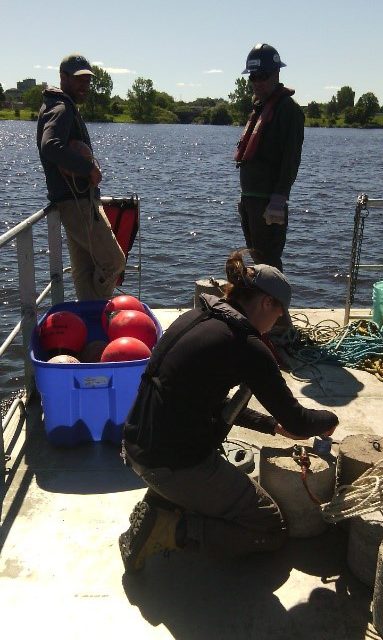



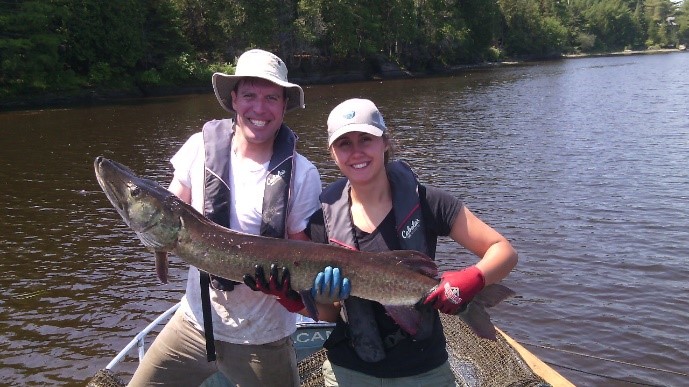


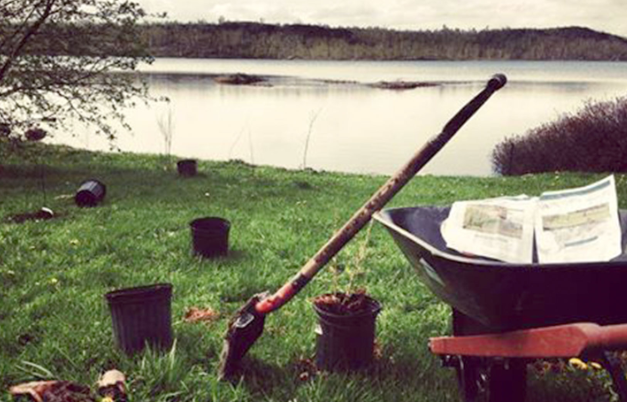

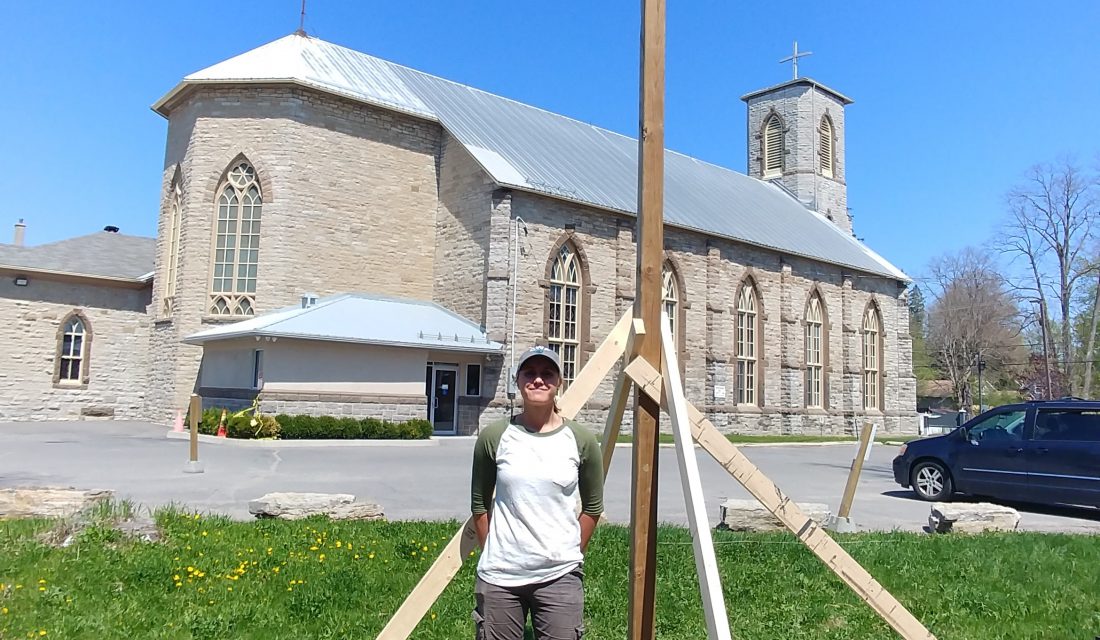
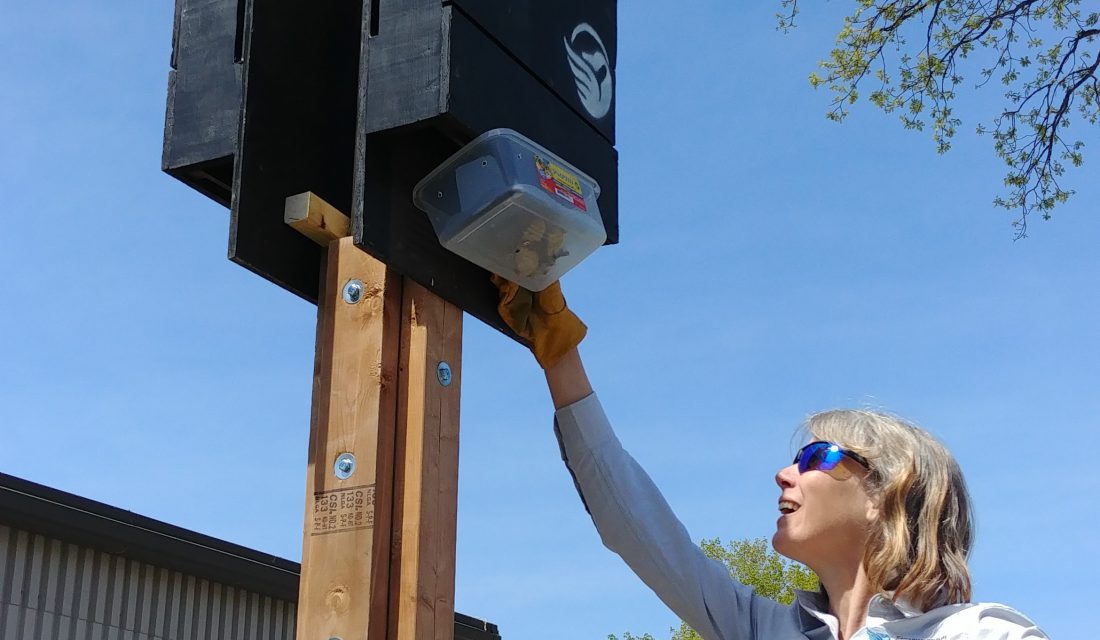
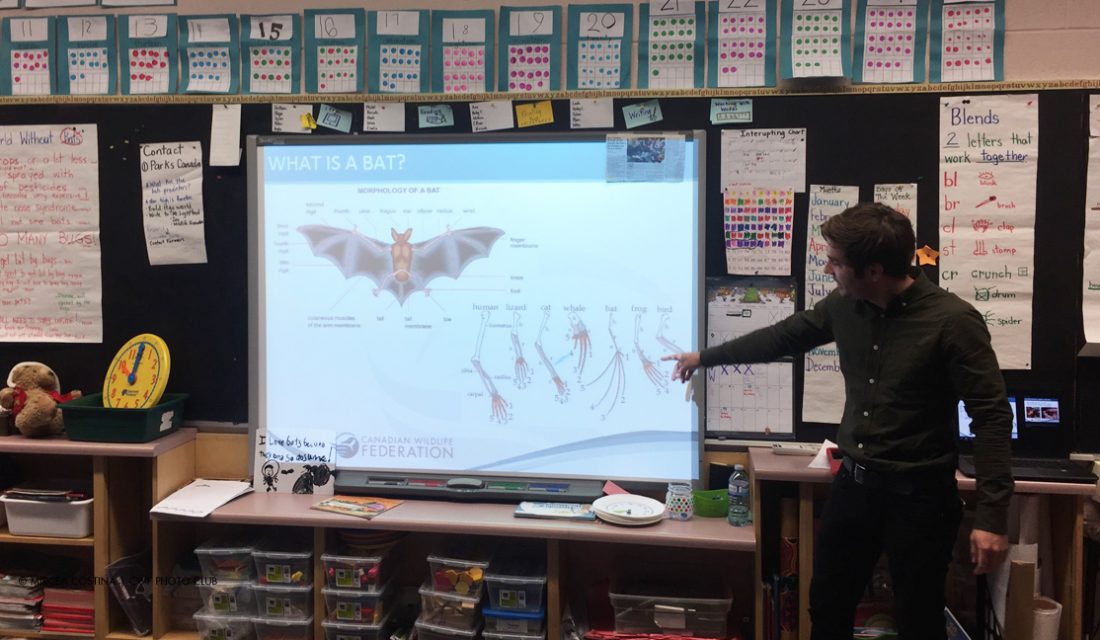
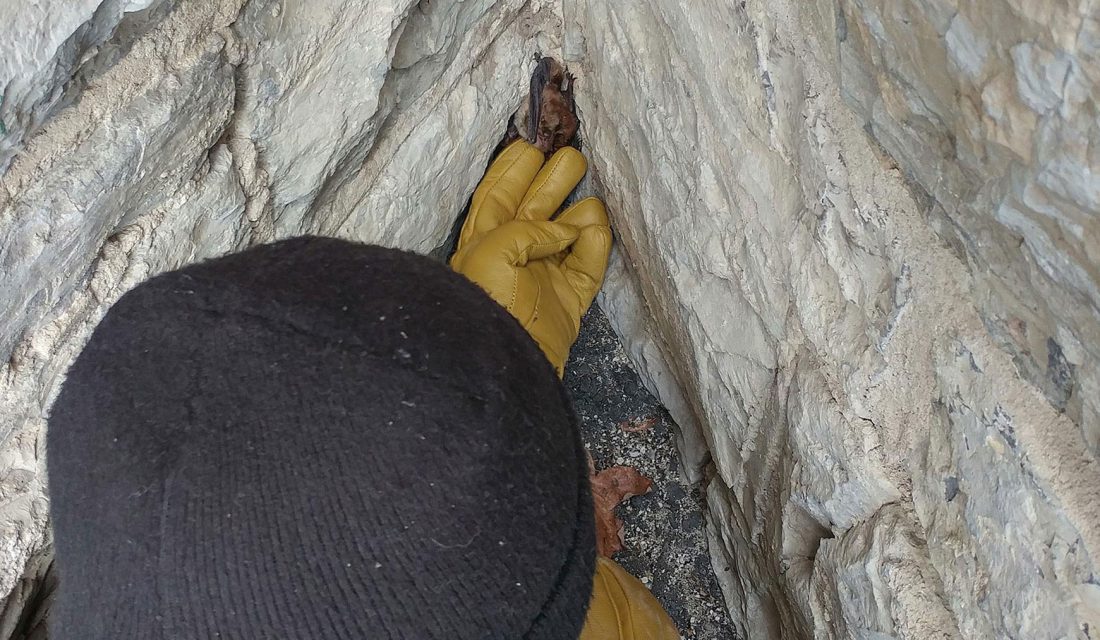
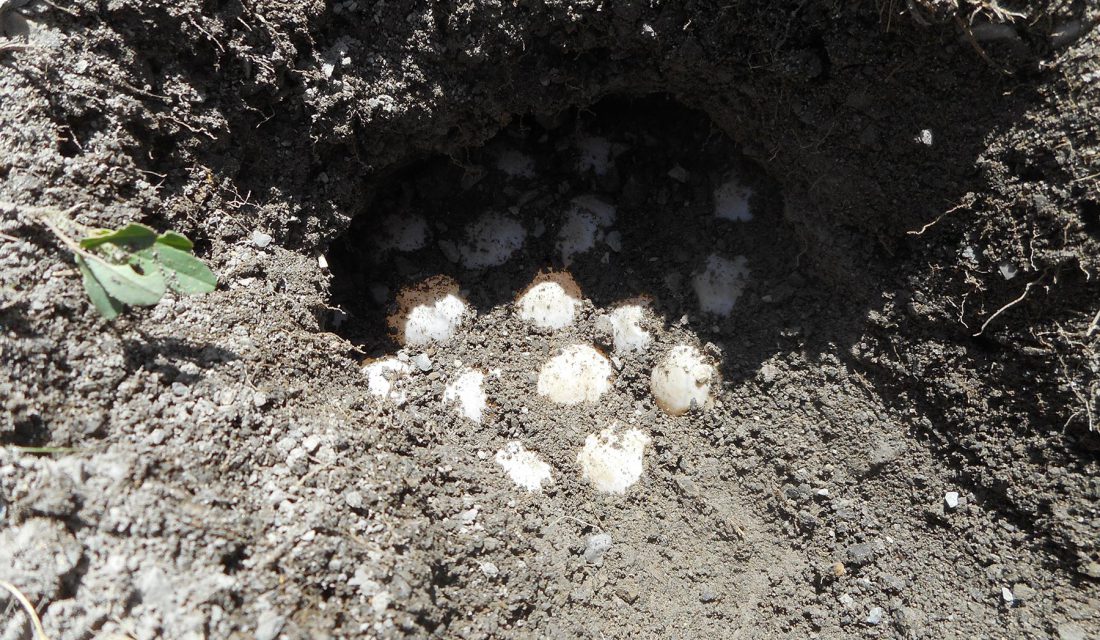
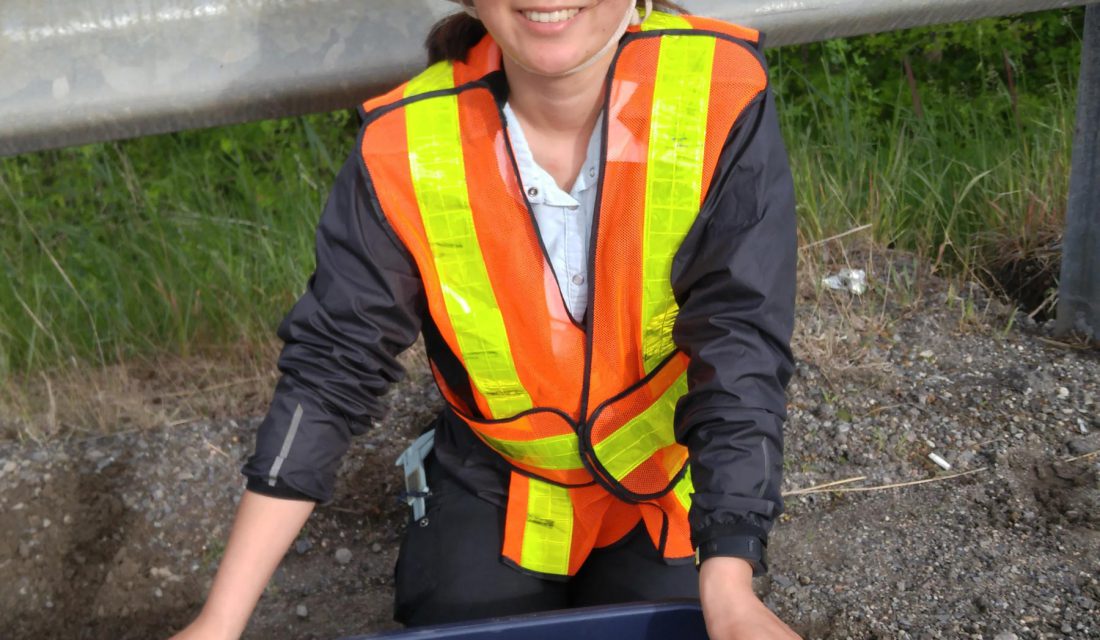
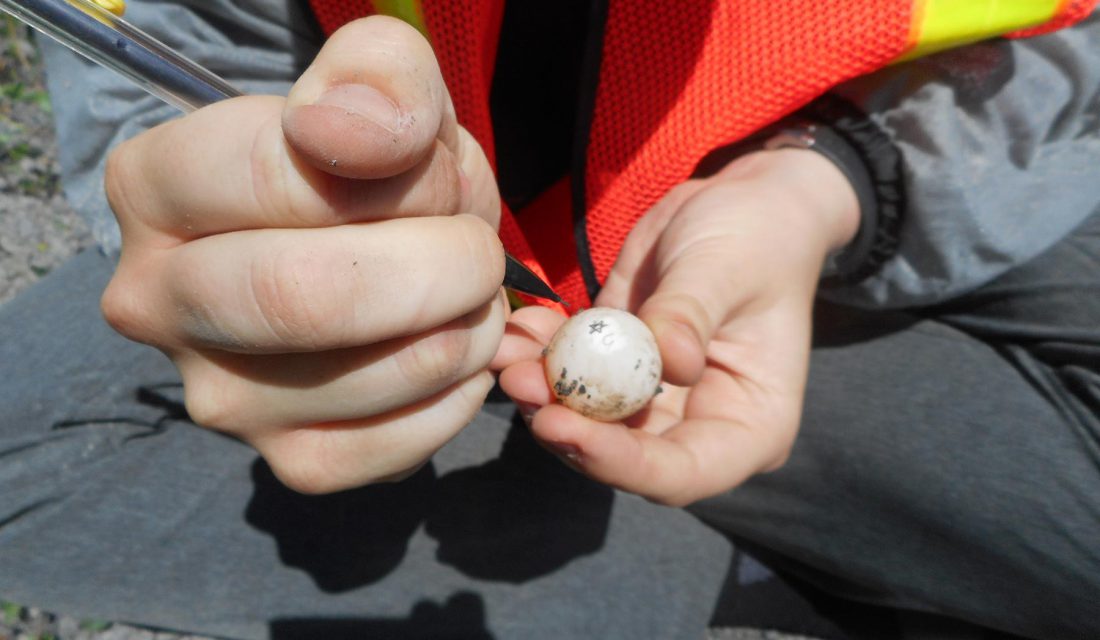
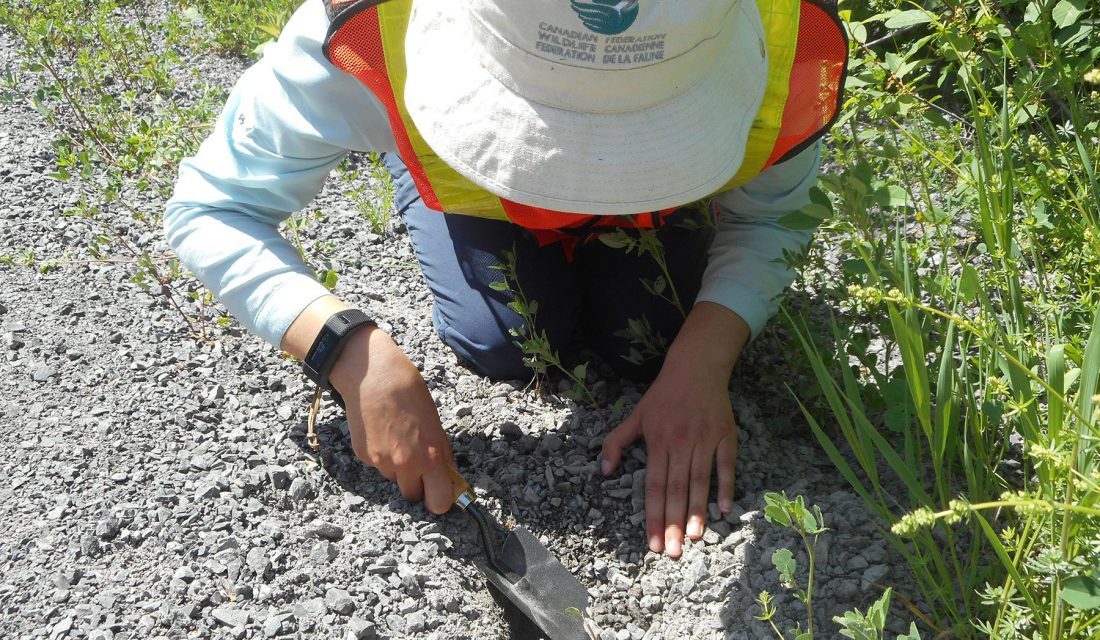
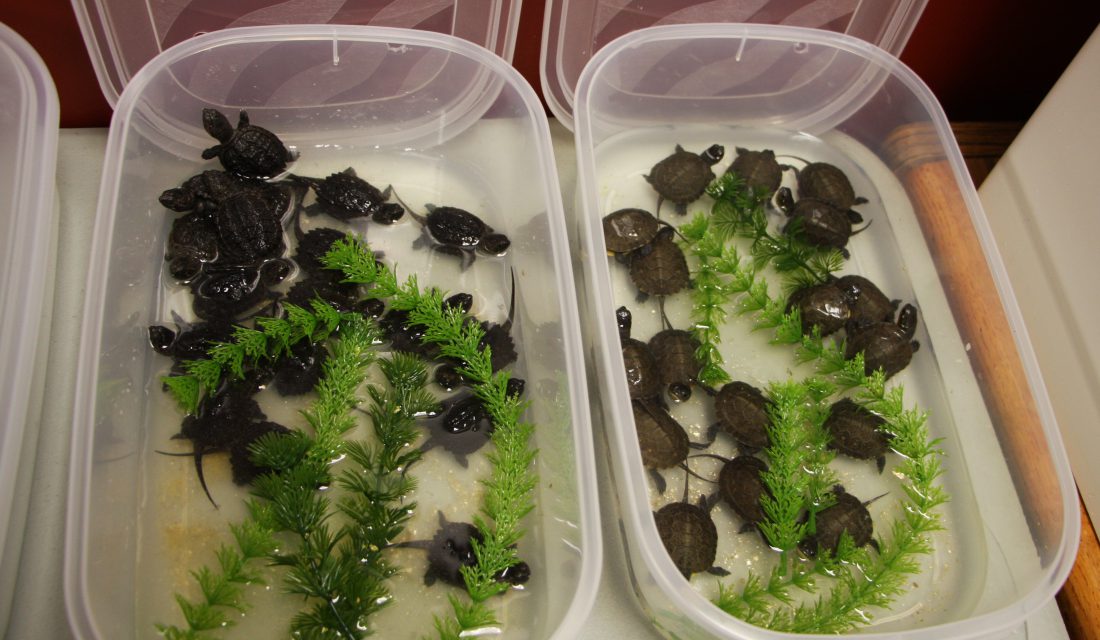

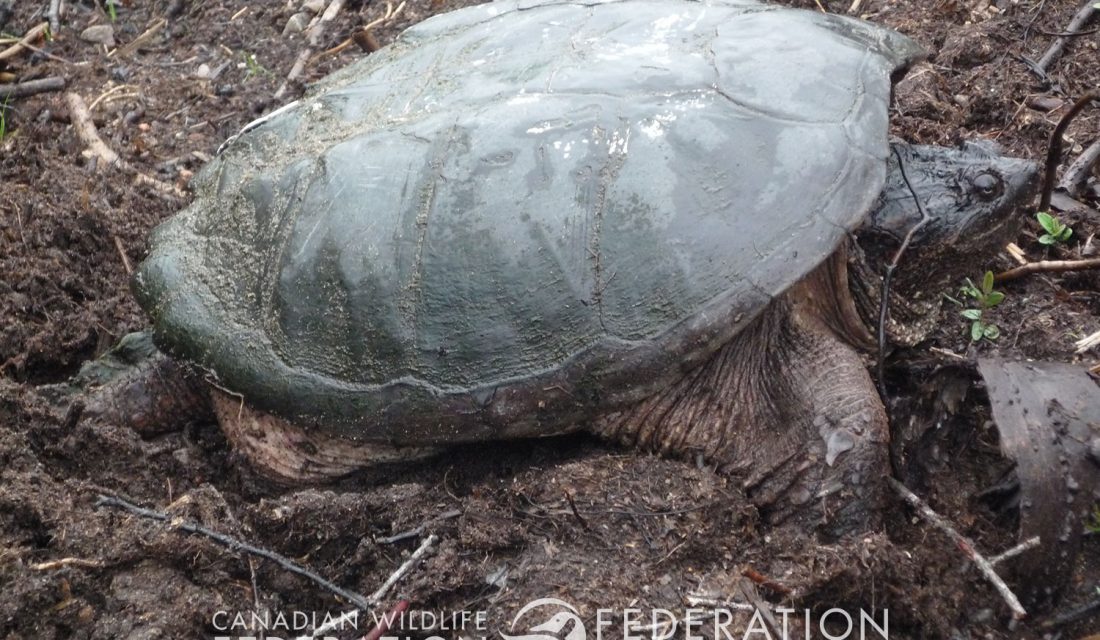
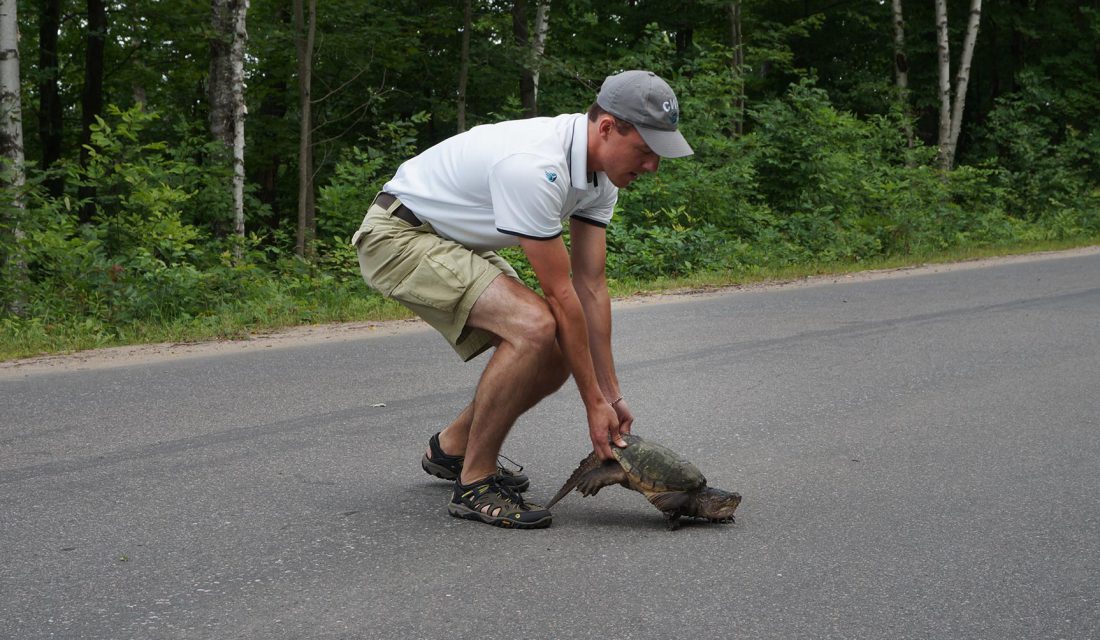

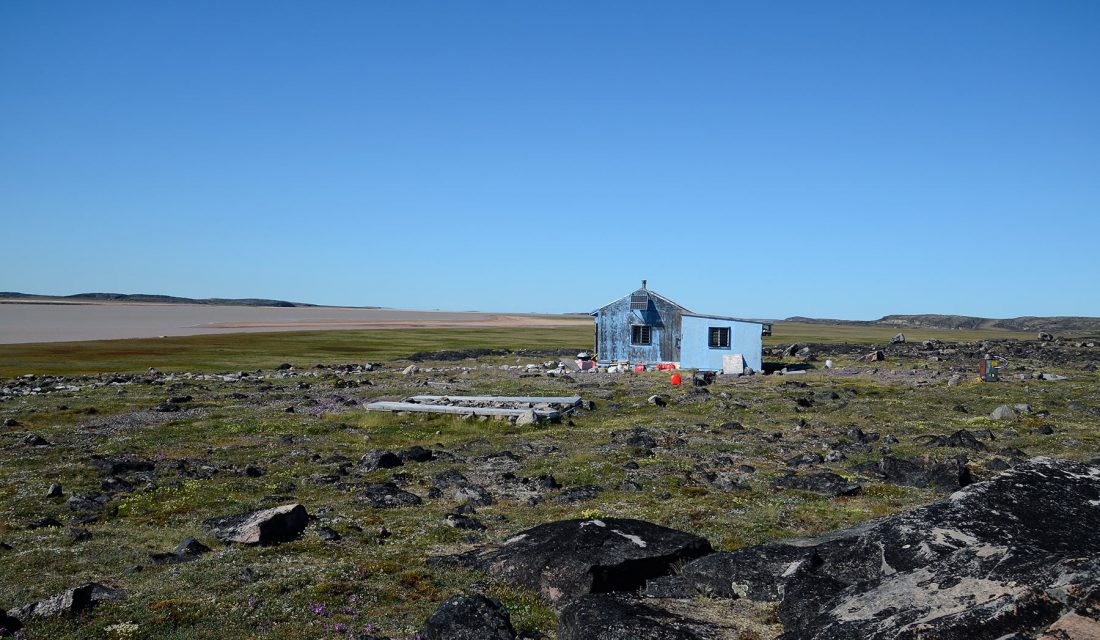
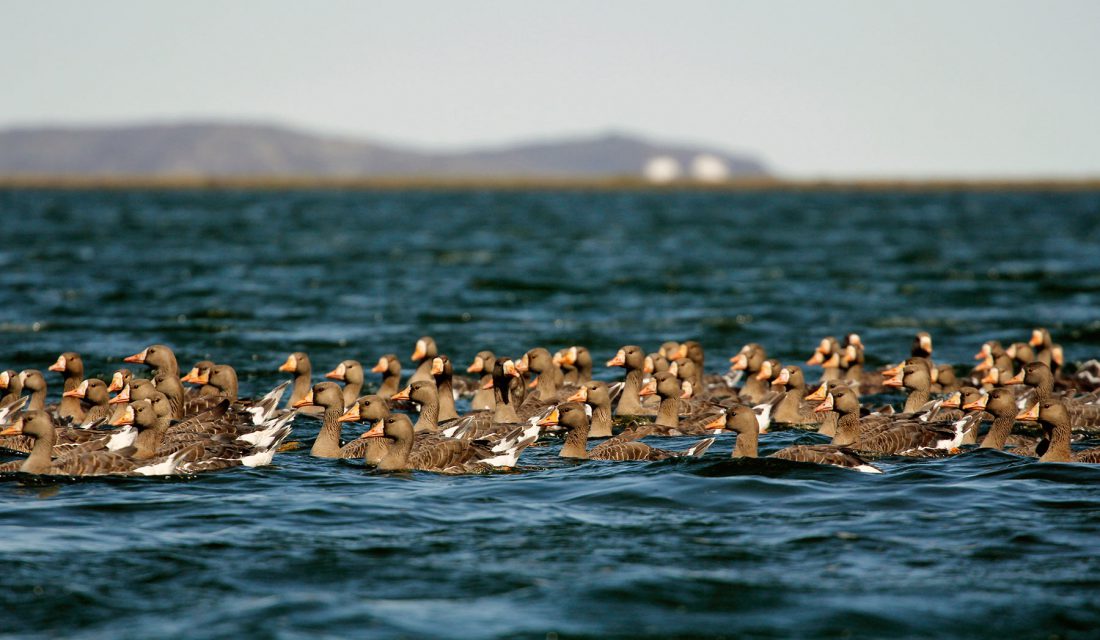
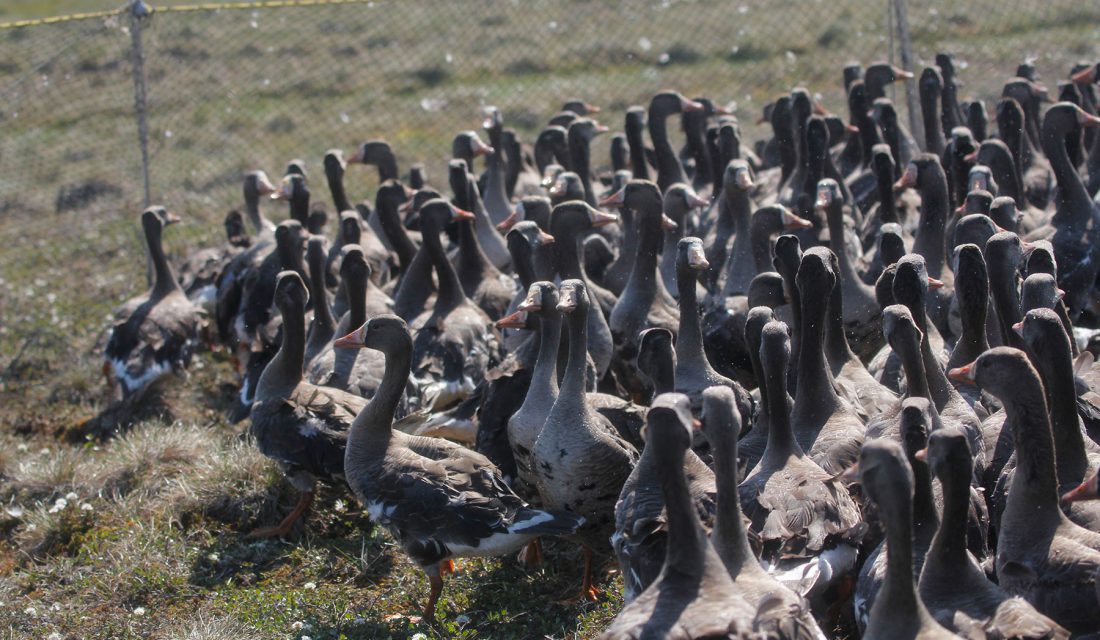




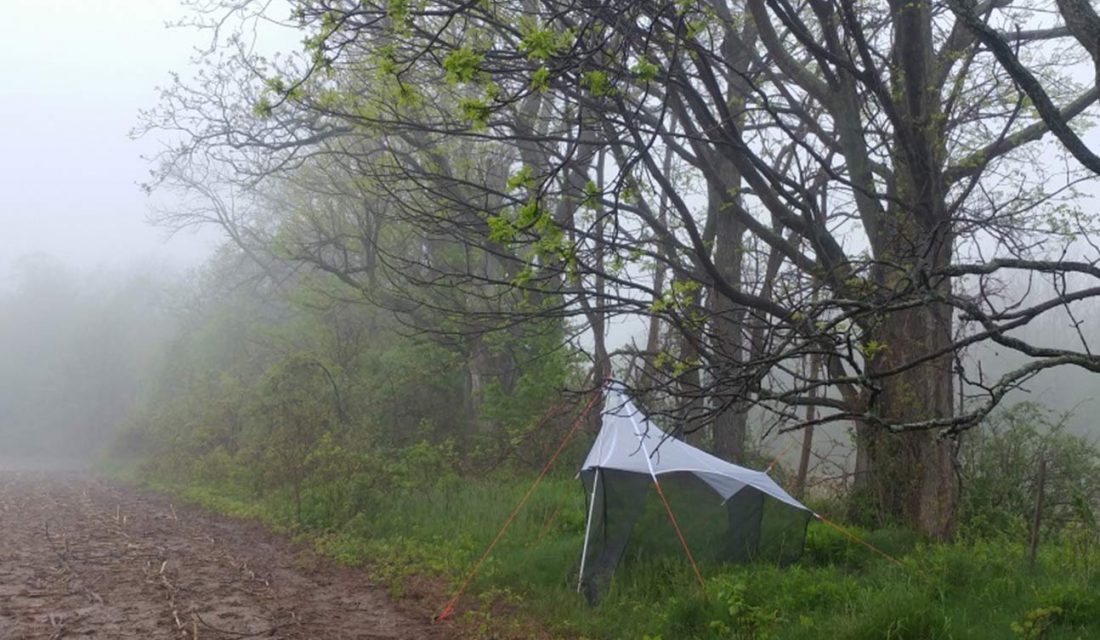
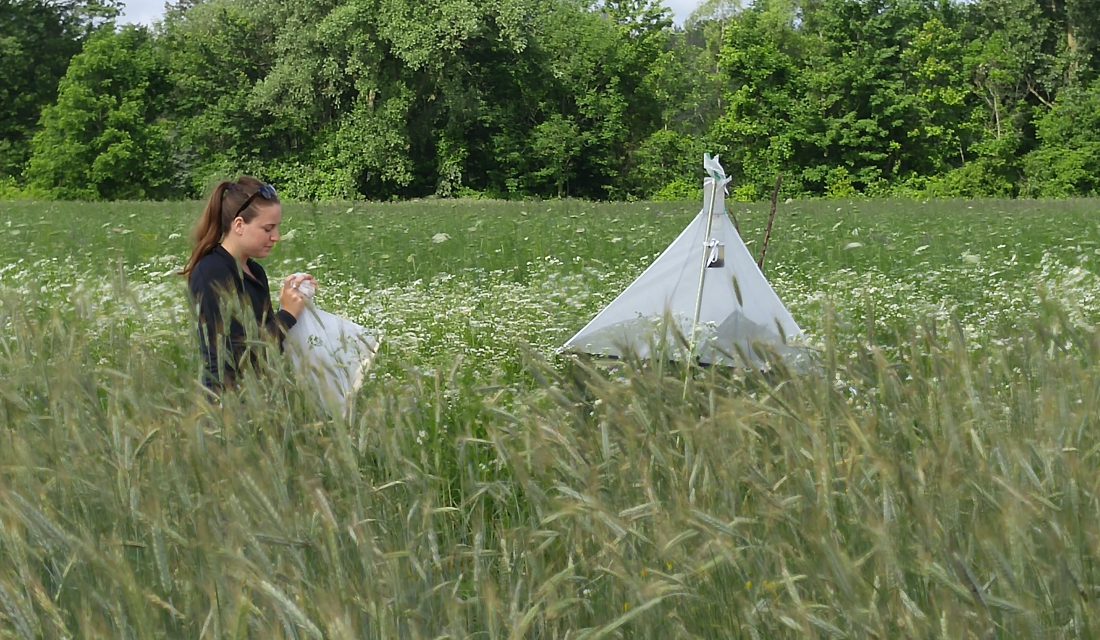
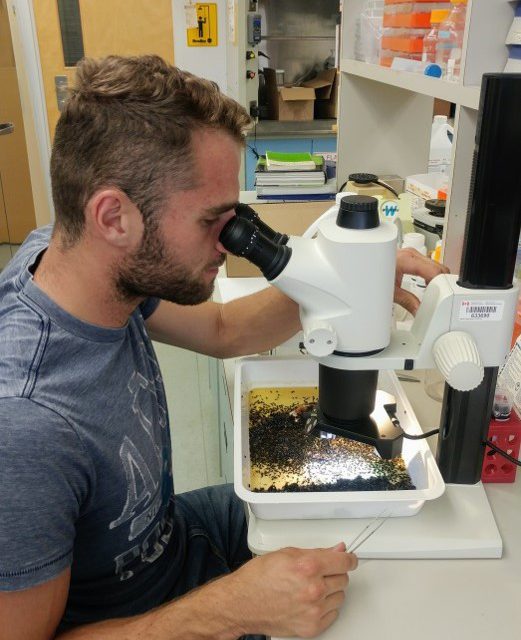

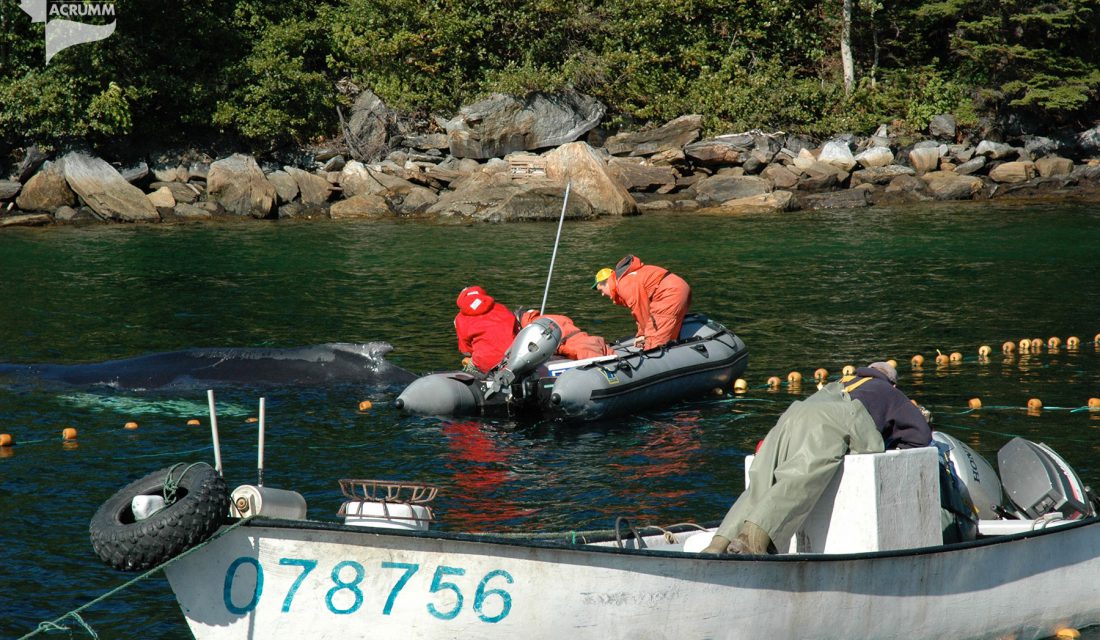
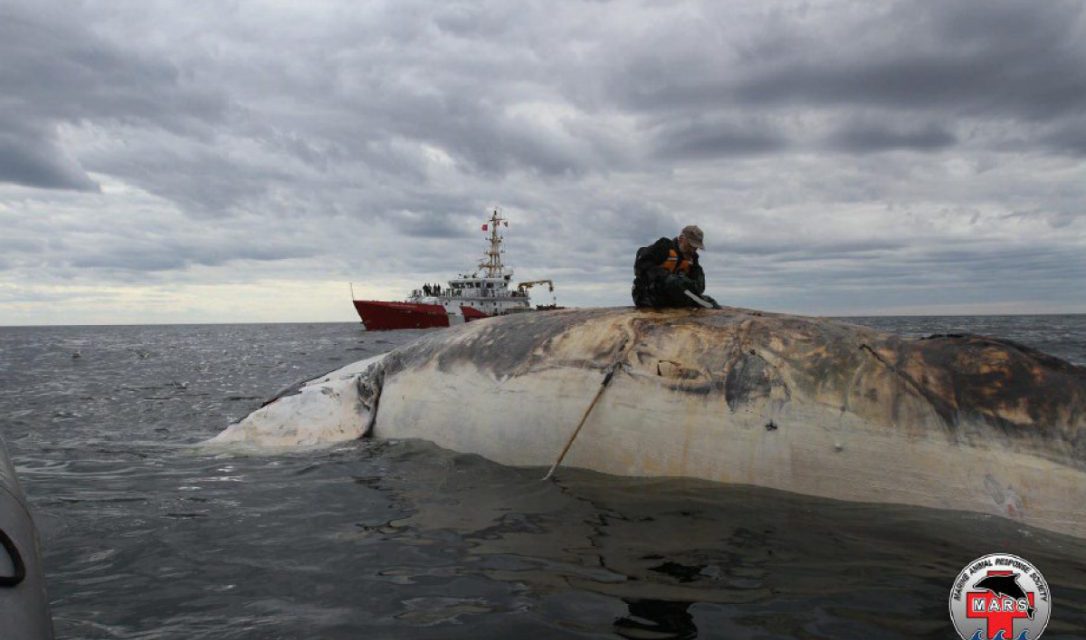
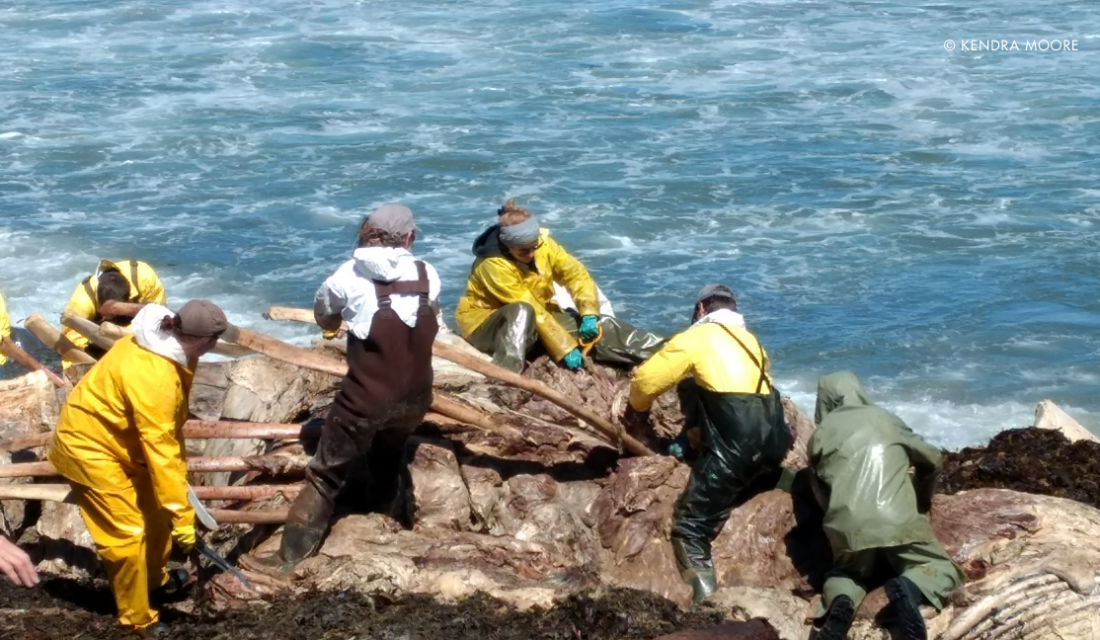
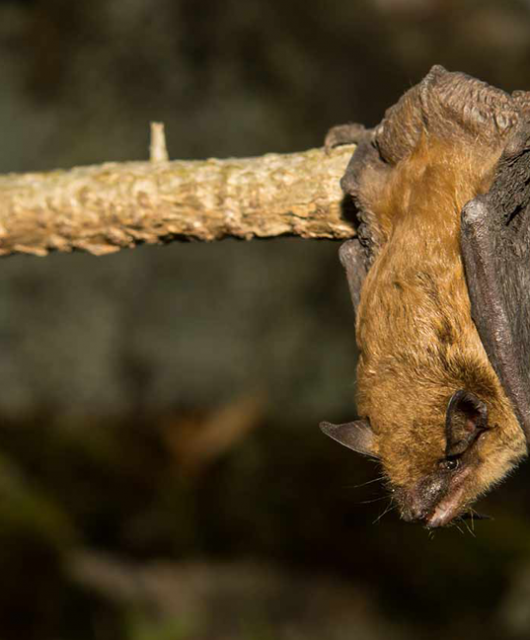
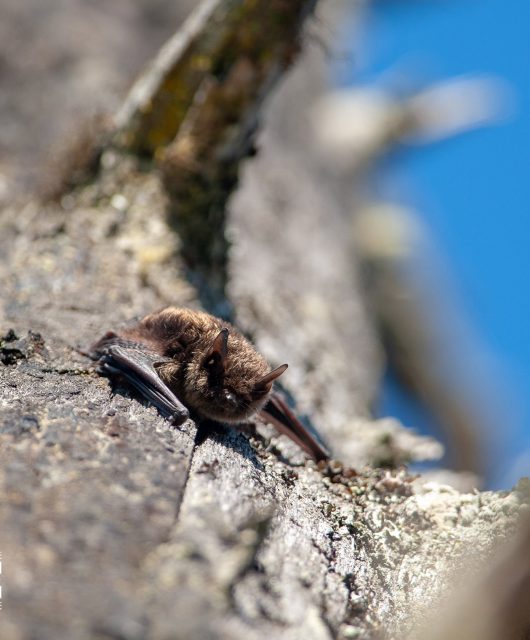
0 comments
Great that you are all interested in saving those little creatures so many people think we can do without. Keep up the good work. I live near Tillsonburg On and we have planted Carolinian trees . This year we have noticed moths and caterpillars that I used to see growing up in Norfolk county. Also there have been many more Monarchs around my garden and butterfly bushes. . I have seen some insects I have never seen before so not sure thats a good thing or not. Warblers and other birds migrate through here, and in the winter we have up to 17 species at the feeders. Thats all thanks to you and your teams keeping up with the difficulties facing our wildlife and keeping them and their habitat safe. Thank you.